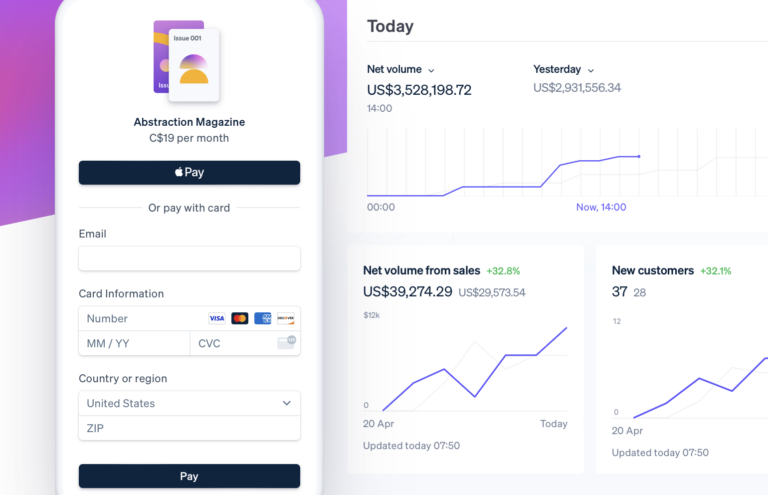
One billion new consumers have joined the internet economy since 2019 and many are subscribed to multiple digital services: Data from the recently shuttered Hardbacon revealed this year that the average Canadian has eight recurring subscriptions.
Customer churn can have a major impact on subscription businesses that rely on renewals for revenue. Nearly three quarters of businesses are concerned about churn impacting their bottom line, according to a new report from payments giant Stripe, with 39% of Canadian leaders experiencing an increase in involuntary churn within the past 12 months.
“Businesses should be able to rely on their billing systems as a source of truth for revenue metrics and overall financial health,” the fintech report reads. “But our survey shows that instead, businesses are juggling disparate data sources and trying to piece together incomplete or incorrect data to understand the underlying case of churn.”
Despite many organizations grappling with churn, 83% of Canadian businesses admit that they have not implemented mitigation measures such as retry policies, Stripe’s data shows.
“While business leaders are concerned about the impact of churn on their
bottom line, many don’t have access to the right data to understand its effects on revenue or don’t introduce strategies, such as retry policies, to combat it,” the report reads.
In today’s rapidly shifting environment it can be “hard for businesses to anticipate how their needs will change,” the report states, suggesting that traditional financial systems are “too rigid to provide the needed flexibility.” Companies thus often “find that their chosen solution is unable to grow alongside them.”
Stripe offers “revenue recovery tools” to help businesses combat involuntary churn, both by minimizing the chance for failed payments as well as helping
recover failed payments.
For every $1 spent on Stripe Billing, Stripe customers recovered $9 on average, the company claims.
In 2023, for example, Stripe’s recovery tools saved 58% of failed payments and recovered US$3.4 billion.


Leave a Reply